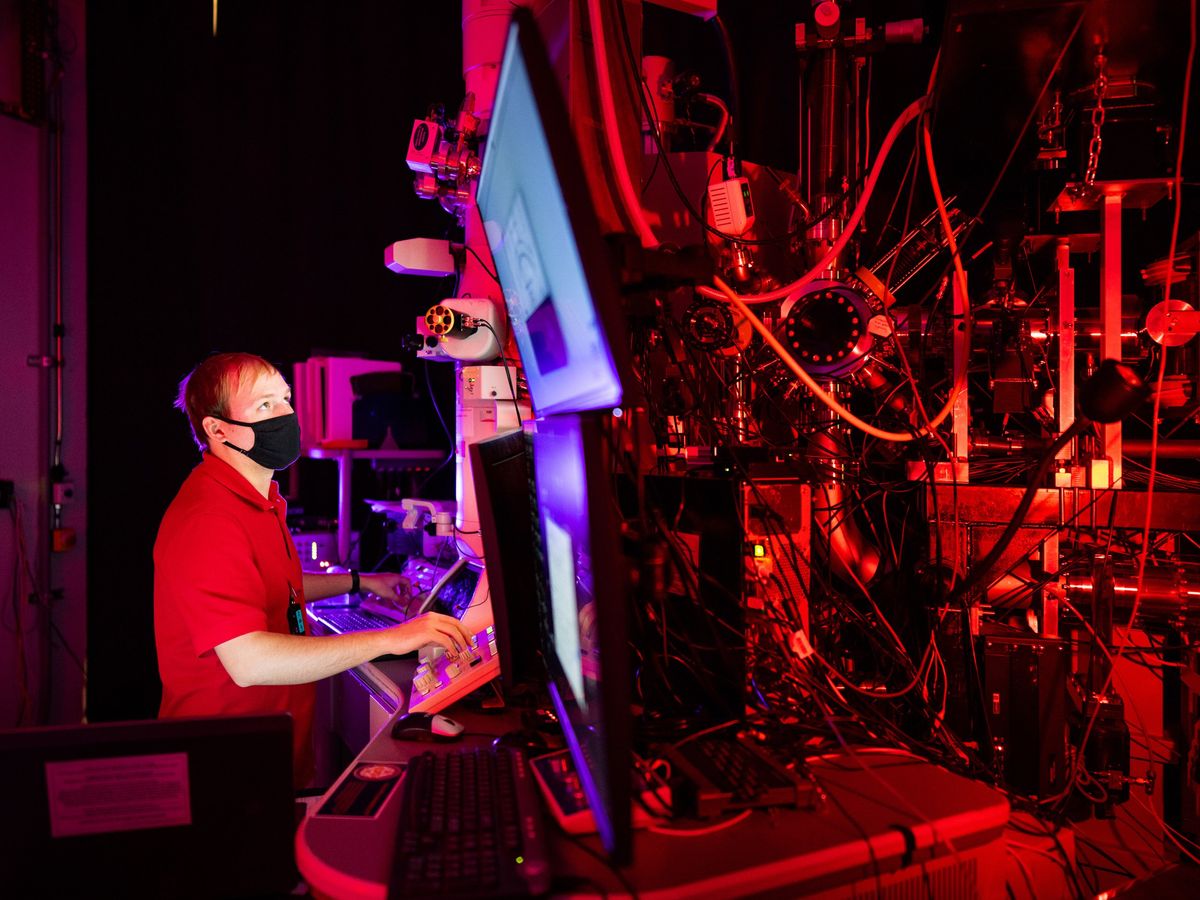Microscopic cracks in metals can heal themselves, suggesting that self-repairing machines could one day reverse damage they suffer, a new study reveals.
When metal parts in machines are repeatedly exposed to stress, microscopic cracks form that grow and spread over time until the parts break. Such fatigue is responsible for up to 90 percent of all breakdowns in metal structures, often in a catastrophic and unpredictable manner.
Previous research investigated metals that could repair themselves after heat was applied to activate latent healing components. Now scientists find that microscopic cracks in metal can vanish entirely on their own.
“This discovery may eventually lead to new strategies to mitigate fatigue cracking in metals,” says study cosenior author Brad Boyce, a materials scientist at Sandia National Laboratories’ Center for Integrated Nanotechnologies in Albuquerque, New Mexico.
In the new study, researchers at Sandia were originally analyzing how cracks formed and spread in pieces of platinum foil 40 nanometers thick and held in vacuum. Using a new instrument developed at Sandia’s request that could fit into an electron microscope, the researchers repeatedly pulled on the edges of the metal 200 times per second to stress the foil.
Surprisingly, about 40 minutes into an experiment, the damage reversed course. One end of a crack fused back together along 18 nm of its length, leaving no trace. Over time, as the experiment continued, the crack reopened along a different direction.
The secret behind this self-healing is a phenomenon known as cold welding. Metals are held together by metallic bonds, in which the outermost electrons of each atom are free to move around the overall structure of the material. This means that when two flat, clean pieces of metal come into contact, they can fuse together. The nature of metallic bonds means that for the atoms and free electrons in each piece of metal, there is no distinction between the two pieces, and they behave as though they were one joined piece.
Cold welding is not usually seen in everyday life because metals often end up coated in layers of oxides and other contaminants that prevent it from occurring. However, it can lead to problems in space—for example, the high-gain antenna in NASA’s Galileo probe to Jupiter failed to fully open in 1991 because cold welding fused parts of it together.
Scientists have known cold welding can occur when metals are pressed together. However, in 2013, computer simulations from materials scientist Michael Demkowicz, then at MIT, and then-graduate student Guoqiang Xu suggested that cold welding could heal microscopic cracks even without compression. The new findings support that prior work.
“I was excited to see such a counterintuitive prediction gaining experimental validation,” says Demkowicz, now at Texas A&M University in College Station.
Boyce cautions that “this wasn’t a big crack, and it didn’t heal itself entirely. It was a microscopic crack that healed itself only at the tip of the crack.”
Still, metal’s ability to self-heal even a microscopic crack may find applications. “All damage begins at the nanoscale,” says Demkowicz, a cosenior author on the new study. “If we can heal cracks while they’re still small, we can nip damage in the bud.”
The scientists now want to see if this self-healing can happen in air instead of vacuum, and in alloys such as steel, Boyce says. Ultimately, they would like to design materials that can intentionally take advantage of this effect, he adds.
The researchers detailed their findings 19 July in the journal Nature.
- Self-Healing Transistors for Chip-Scale Starships - IEEE Spectrum ›
- Soft Self-Healing Materials for Robots That Cannot Be Destroyed ... ›
Charles Q. Choi is a science reporter who contributes regularly to IEEE Spectrum. He has written for Scientific American, The New York Times, Wired, and Science, among others.



